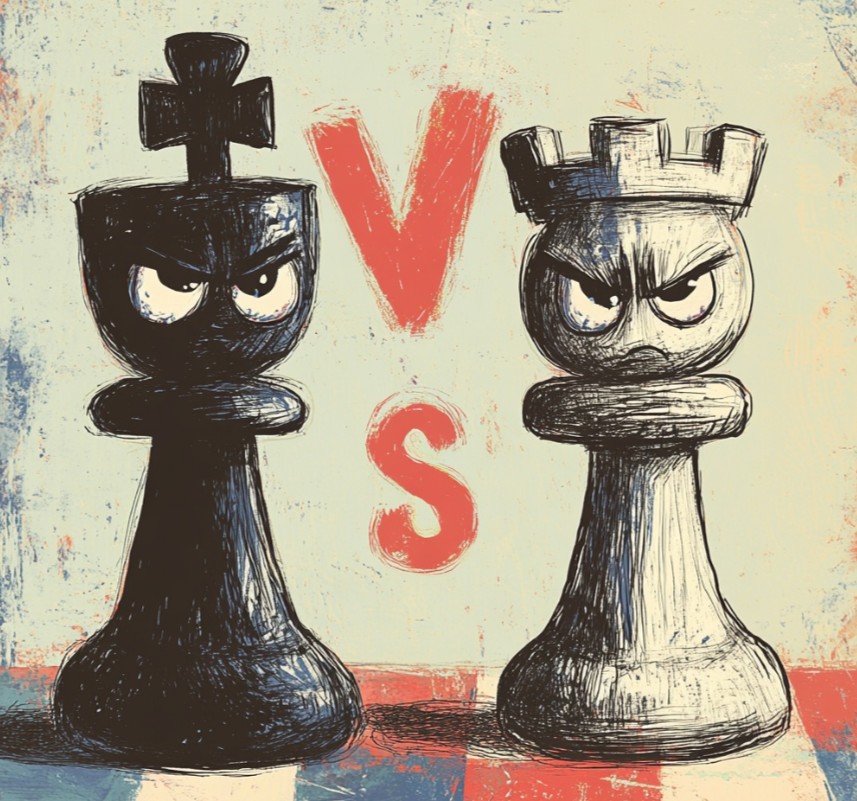
A stalemate in chess is one of the most fascinating and frustrating ways a game can end in a draw. Whether you’re a beginner or an experienced player, understanding stalemates is crucial for both avoiding unwanted draws and using them as a tactical tool when in a losing position. This comprehensive guide will explore everything you need to know about stalemates, from basic concepts to advanced strategies.
A stalemate occurs in chess when the player whose turn it is has no legal moves available, and their king is not in check. This situation results in a draw, regardless of the material advantage one player might have. Understanding this fundamental concept is crucial because stalemate is one of the most common ways to salvage a draw from a losing position.
In professional chess and on platforms like chess.com, stalemate is a legitimate way to end in a draw. This rule has been a subject of debate throughout chess history, with some arguing that stalemate should be a win for the stronger side, but the current rules of chess maintain it as a draw.
The reasoning behind stalemate being considered a draw lies in the fundamental objective of the game of chess. While checkmate is the ultimate goal, the rules recognize that if a player cannot make any legal move, yet their king is not under attack, the position has reached a deadlock. This creates an interesting dynamic where a seemingly winning position can suddenly transform into a drawn game.
The stalemate rule adds depth to chess strategy, particularly in endgame positions. It provides a crucial defensive resource for the weaker side and requires the stronger side to be precise in converting their advantage.
Stalemate positions can occur in various ways, but some patterns appear more frequently than others. One common stalemate happens in a king and pawn versus king endgame, where improper technique can leave the opponent’s king with no legal moves. Another typical scenario involves trapping a lone king while accidentally removing all legal moves.
These stalemate positions often arise when one player, eager to force checkmate, focuses too much on restricting the opponent’s king without ensuring it maintains at least one legal move.
Preventing stalemate requires careful attention and understanding of your opponent’s available moves. When you have a winning position, it’s crucial to always check whether your moves might leave your opponent with no legal moves left. This is particularly important in endgame positions where few pieces remain on the board.
The key to avoid stalemating your opponent is to maintain tension in the position and ensure the enemy king always has at least one square to move to when it’s not in check. Many chess players have lost their winning advantage by carelessly allowing a stalemate.
One of the most memorable stalemate occurred on the 124th move in the fifth game of the 1978 world chess championship final match between Viktor Korchnoi and Anatoly Karpov. This dramatic endgame showcased how even grandmasters can find themselves in stalemate positions during crucial tournament moments.
These professional examples demonstrate that stalemate is not just a beginner’s trap but a legitimate tactical resource that can appear at any level of play.
Absolutely! Strong chess players often use the threat of stalemate as a defensive resource when in a difficult position. This is particularly relevant in endgame situations where one side has a significant material advantage. The weaker side can sometimes set up fortress positions where any attempt to make progress risks stalemating their king.
Understanding how to create stalemate threats can be just as important as knowing how to avoid them when you’re winning.
With the rise of online platforms like chess.com, stalemate positions are more frequently discussed and analyzed. The immediate feedback from chess engines has made it easier for players to identify missed wins and potential stalemate traps. In internet chess, where games are often played at faster time controls, stalemate tricks can be particularly effective.
Certain endgame positions, such as two knights versus a lone king, often lead to stalemate positions. In the middlegame, stalemate typically occurs when the stronger side boxes in the opponent’s king without leaving any legal moves for other pieces.
These special cases are worth studying because they appear frequently enough in practical play to be relevant to any serious chess player.
The concept of stalemate and its status as a draw has evolved throughout chess history. While some historical variants of chess treated stalemate as a win for the stalemating player, the modern rules established it as a draw. This evolution reflects the complex nature of chess and how the game balances attacking and defensive resources.
Understanding zugzwang and the relationship between stalemate and checkmate is crucial for any player looking to improve their endgame technique. The key is to recognize potential stalemate patterns early and adjust your strategy accordingly.

